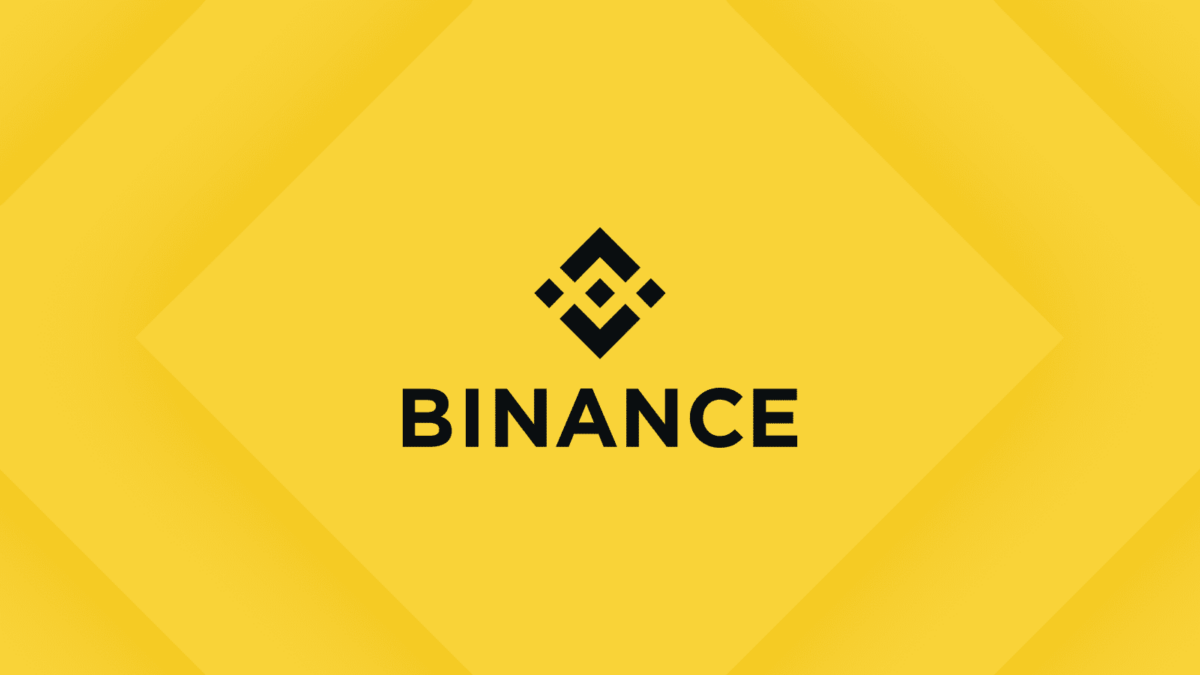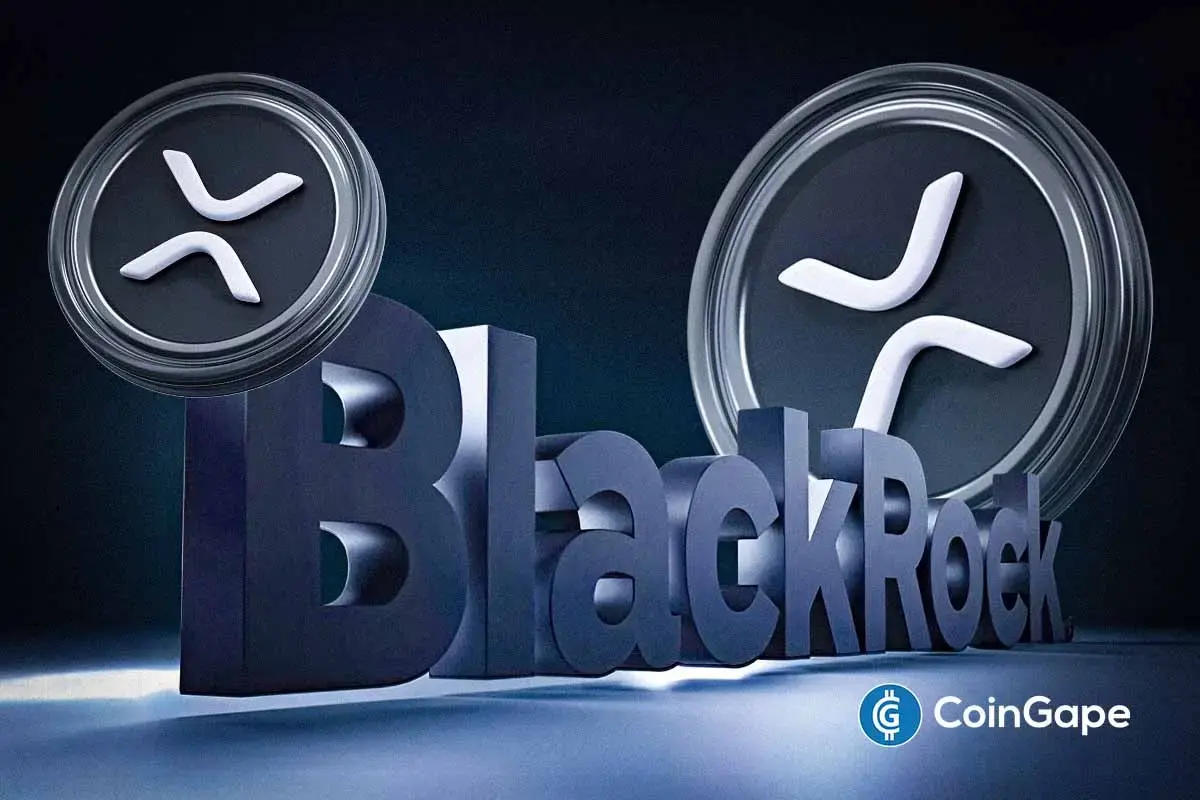Altcoin
Binance To Delist These Crypto Spot Pairs, What’s Next?

Binance has announced the delisting of several crypto tokens from its platform. This is set to take effect on August 26, 2024. This decision affects six tokens across multiple trading pairs, signaling a major shift in their asset offerings.
Binance Delisting Process
The Titan crypto exchange has announced a significant update to its trading offerings. On August 26, 2024, at 11:00 UTC+8, the platform will delist and cease trading for all spot trading pairs of six tokens.
This decision comes as part of the exchange’s regular review process, which aims to ensure that all listed digital assets continue to meet the exchange’s high standards and comply with evolving industry requirements. The specific trading pairs slated for removal include CVP/USDT, EPX/USDT, FOR/BTC, FOR/USDT, LOOM/BTC, LOOM/TRY, LOOM/USDT, REEF/TRY, REEF/USDT, and VGX/USDT.
After August 26, all trade orders in the affected pairs will be automatically removed from the order books. Users are advised that deposits of these tokens will not be credited to their accounts after August 27, 2024, at 03:00 UTC.
Furthermore, withdrawal support for these tokens will be discontinued after November 26, 2024, at 03:00 UTC. In a move that may provide some relief to token holders, Binance has indicated the possibility of converting delisted tokens into stablecoins on behalf of users after November 27, 2024.
The implications of Binance delisting extend far beyond spot trading, affecting various products and services. Binance Simple Earn will delist the affected tokens after August 22, 2024, with automatic redemption of Flexible and Locked Products positions. The Auto Invest feature for these tokens will be discontinued after August 20, 2024.
Binance Loans and VIP Loan services involving LOOM, REEF, and EPX will close all outstanding loan positions by August 20, 2024. The exchange strongly advises users to repay any outstanding loans before this date to avoid potential losses. Also, the exchange Funding Rate Arbitrage Bot will cease operations for LOOM/USDT and REEF/USDT pairs on August 19, 2024.
It’s important to note that while this delisting affects a wide range of their services, the USDⓈ-M LOOMUSDT and REEFUSDT Perpetual Contracts trading will continue unaffected. This distinction highlights the complex ecosystem of cryptocurrency trading products and the nuanced approach exchanges must take when managing their offerings.
Also Read: Binance To Halt Withdrawals Of These Delisted Tokens, But There’s A Catch
Market Impact on Affected Tokens
The announcement of the delisting has had immediate and significant effects on the prices of the affected tokens, illustrating the substantial influence that major exchanges like Binance’s delisting processes can have on cryptocurrency valuations.
Reef (REEF) has experienced a sharp decline, with its price dropping to $0.0008747, representing a substantial 25.15% decrease in the last 24 hours and a 6.82% decline over the past week. With a circulating supply of 23 billion REEF, the token’s market capitalization has shrunk to $20,084,562, reflecting the market’s swift reaction to the news.
Loom Network (LOOM) has also felt the impact, with its price falling to $0.0465, marking a 14.47% decrease in the last 24 hours. Interestingly, LOOM has managed to maintain a 4.58% increase over the past week, suggesting some resilience or potential speculative activity in anticipation of the delisting. With a circulating supply of 1.2 billion LOOM, the token’s market cap stands at $57,165,372.
ForTube (FOR) has been hit particularly hard, with its price plummeting to $0.00903, representing a staggering 39.11% decline in the last 24 hours and a 30.04% drop over the past week. The token’s market capitalization has dwindled to $5,088,926, based on a circulating supply of 560 million FOR.
These significant price movements highlight the volatile nature of cryptocurrency markets and the substantial impact that listing decisions by major exchanges can have on token valuations.
Disclaimer: The presented content may include the personal opinion of the author and is subject to market condition. Do your market research before investing in cryptocurrencies. The author or the publication does not hold any responsibility for your personal financial loss.
Altcoin
Will Cardano Price Break Out Soon? Triangle Pattern Hints at 27% ADA Surge

Cardano price appears to be inching towards a key breakpoint as it continues to consolidate within a symmetrical triangle pattern visible on its price chart. According to cryptocurrency analyst Ali, this formation could help ADA in a major price movement.
Cardano price predicted to surge 27%
In a recent tweet, Ali suggested that Cardano might be in the early stages of breaking out from this consolidation pattern. The symmetrical triangle visible on the price chart shows converging trendlines that have contained ADA’s price movement since early April 2025.
The symmetrical triangle pattern forming on Cardano’s chart is a period of consolidation where buyers and sellers reach a temporary equilibrium. According to technical analysis principles, symmetrical triangles often serve as continuation patterns, with the breakout direction typically following the prior trend.
#Cardano $ADA is still consolidating within a triangle pattern, setting the stage for a potential 27% price move. pic.twitter.com/AWH84U1FnJ
— Ali (@ali_charts) April 21, 2025
In Cardano’s case, the breakout yields the potential 27% price movement mentioned by Ali. The analyst has pointed out that Cardano might be in the early stages of breaking out from this pattern. The analysis by Ali comes as Cardano bulls secure the most important signal to drive a price rally.
Cardano is currently trading at $0.6424 with a 4.3% increase over the past 24 hours. Despite this short-term gain, ADA remains down nearly 10% over the past 30 days.
ADA sentiment remains neutral
Current market sentiment surrounding Cardano is mixed despite the potentially bullish technical setup. According to data from CoinCodex, the overall sentiment toward ADA is currently classified as “Neutral.” However, the Fear & Greed Index shows a reading of 39 and places it in the “Fear” category.
Looking ahead, CoinCodex projects that Cardano’s price could rise by 18.55% to reach $0.765833 by May 21, 2025. While this forecast falls short of the full 27% move suggested by the triangle pattern analysis, it aligns with the general direction and timeframe for a potential upside breakout.
The platform’s analysis of Cardano’s recent performance shows that ADA recorded 14 green days out of the last 30, which is a 47% positive day ratio. Price volatility over this period also stood 7.31%.
Despite the current “Fear” reading and mixed sentiment indicators, CoinCodex concludes that it’s now a good time to buy Cardano based on their technical indicators. However, the next move by ADA could very well be based on the overall market conditions too.
Disclaimer: The presented content may include the personal opinion of the author and is subject to market condition. Do your market research before investing in cryptocurrencies. The author or the publication does not hold any responsibility for your personal financial loss.
Altcoin
Expert Reveals Why BlackRock Hasn’t Pushed for an XRP ETF

With Ripple’s XRP lawsuit settlement finally in place, the crypto community is abuzz with anticipation over a possible XRP ETF launch. Despite the growing frenzy over XRP exchange-traded funds, the world’s largest asset management company, BlackRock, remains silent, sparking significant attention.
Detailing BlackRock’s vision and possible reasons behind its silence, expert All Things XRP shared a series of X posts. Let’s explore the expert’s threads, reading through the key points that shed light on BlackRock’s strategic approach to crypto investments.
Why Is BlackRock Silent on XRP ETF?
In a series of X posts, expert All Things XRP shed light on BlackRock’s strategic moves that steer them away from an XRP ETF. According to the expert, BlackRock’s hesitation to launch an XRP exchange-traded fund is driven by many factors regulatory concerns, market dynamics, and strategic considerations.
BlackRock Focuses on Bitcoin and Ethereum
Notably, the asset manager’s focus on Bitcoin and Ethereum ETFs is one of the main reasons to shy away from XRP. BlackRock is currently riding the wave of success with Bitcoin and Ethereum.
Reportedly, iShares Bitcoin Trust boasts over $30 billion in Assets Under Management (AUM). In addition, BlackRock’s ETH ETF has reached $1 billion in AUM in just two months. In light of this success, the platform is cautious about exploring other altcoins to mitigate potential risks.
Moreover, XRP may not meet BlackRock’s internal thresholds for demand, liquidity, and legal clarity. According to the company’s ETF executives, only Bitcoin and Ethereum currently meet these requirements.
Regulatory Concerns
As noted by the expert, regulatory concerns play a major role in BlackRock’s hesitation to back Ripple. Although both Ripple and the SEC dropped their appeals in the XRP lawsuit, the case is not officially over, with the label of “security” still lingering around. This uncertainty may deter the investment giant from applying for an XRP ETF.
Recently, All Things XRP shared insights on CEO Brad Garlinghouse’s crucial role in Ripple’s growth.
BlackRock’s Strategic Wait-and-See Approach
Interestingly, BlackRock is adopting a cautious approach, waiting for competitors like Grayscale and Franklin Templeton to launch their XRP ETFs. While these platforms will face the possible regulatory hurdles first, it will pave the way for BlackRock’s easy entry into the ETF space. This approach will also allow BlackRock to gauge institutional appetite for XRP products and assess the risk landscape.
Whoever takes the lead, an XRP ETF launch is poised for a significant price surge in the Ripple coin.
In addition, the asset manager’s fake XRP ETF filing in 2023 has further strengthened their cautious stance. Previously, the filing went viral and sparked ambiguity within the crypto market. The investment firm had to publicly deny involvement, potentially damaging their reputation. This incident might have made them cautious about pursuing an XRP ETF, at least for now, as they may want to avoid similar PR issues.
Will BlackRock Launch an XRP ETF?
Additional factors like lack of demand and XRP’s relatively small market share have also contributed to the asset manager’s decision. However, BlackRock is expected to push for an XRP ETF in the future after tackling all the possible hurdles.
BlackRock is known for launching products at the right moment, when the odds are in their favor. The strategic move is expected when XRP meets complete regulatory clarity and market stability. As per All Things XRP, BlackRock is envisioning dominating the market. The expert cited, “But if and when they do, it’ll be to dominate the space — not just participate.”
Disclaimer: The presented content may include the personal opinion of the author and is subject to market condition. Do your market research before investing in cryptocurrencies. The author or the publication does not hold any responsibility for your personal financial loss.
Altcoin
Expert Says Solana Price To $2,000 Is Within Reach, Here’s How

While investors are scanning the horizon for a short-term Solana (SOL) rally, cryptocurrency expert CryptoCurb is predicting an ultra-bullish price movement. CryptoCurb argues that a Solana price of $2,000 is “absolutely realistic” given the current fundamentals and on-chain indicators.
Solana Price To $2,000 Is A Realistic Projection
Pseudonymous cryptocurrency analyst CryptoCurb is predicting a massive growth spurt for Solana in the near future. In an X post, the expert says the Solana price can achieve a valuation of $2,000 given its impressive network metrics.
He hinges his projection on several factors, including Ethereum’s previous price performance. Ethereum price spiked to a $600 billion market capitalization during the last cycle with its steep fees and scalability issues.
A $2K SOL price will translate to a $1 trillion market capitalization that will see it flip Ethereum as the largest altcoin. CryptoCurb notes that if Ethereum can post impressive figures during the last cycle, Solana has the capabilities to be valued at $2,000.
“2K is absolutely realistic if Solana keeps its global adoption pace with minimal disruptions and continues to scale,” said CryptoCurb.
Rising network inflows are expected to send the Solana price on a short-term rally to $150 before a big push to $2K. Currently, the Solana price is pegged at $140 with a market capitalization of $72.6 billion, making CryptoCurb’s prediction an uphill climb.
A Wave Of Impressive Metrics Around SOL
While CryptoCurb did not disclose an exact timeline for his $2,000 prediction, he points to a short-term seismic price increase. The expert his backing his predictions with a swathe of network metrics pointing to fresh bullishness.
Solana has the highest number of active addresses over the last seven days at 28.4 million. The network led the pack for transactions at 369 million, trouncing Tron, BNB Chain, Base, and Bitcoin.
Solana is finding application in several Web 3 verticals given its speed, low cost, and scalability. In the last week, the Solana price has risen by nearly 7% while 24-hour trade volume has risen by 36%.
Last week, Canada launched the first SOL ETF with prices projected to surpass $250, reversing a forming death cross. Solana open interest crossed 5.5 billion, climbing by 10% amid rising whale activity in the ecosystem.
Rising bullish metrics for the network suggest that SOL will reach $200 before ETH reclaims $3,000.
Disclaimer: The presented content may include the personal opinion of the author and is subject to market condition. Do your market research before investing in cryptocurrencies. The author or the publication does not hold any responsibility for your personal financial loss.
-

 Market22 hours ago
Market22 hours ago1 Year After Bitcoin Halving: What’s Different This Time?
-

 Market21 hours ago
Market21 hours agoTokens Big Players Are Buying
-

 Market23 hours ago
Market23 hours agoVOXEL Climbs 200% After Suspected Bitget Bot Glitch
-

 Market20 hours ago
Market20 hours agoDogecoin Defies Bullish Bets During Dogeday Celebration
-

 Market18 hours ago
Market18 hours agoWill XRP Break Support and Drop Below $2?
-

 Altcoin24 hours ago
Altcoin24 hours agoBinance Traders Go Big On Dogecoin—Majority Holding Long Positions
-

 Market11 hours ago
Market11 hours agoBitcoin Price Breakout In Progress—Momentum Builds Above Resistance
-

 Bitcoin8 hours ago
Bitcoin8 hours agoUS Economic Indicators to Watch & Potential Impact on Bitcoin




















✓ Share: